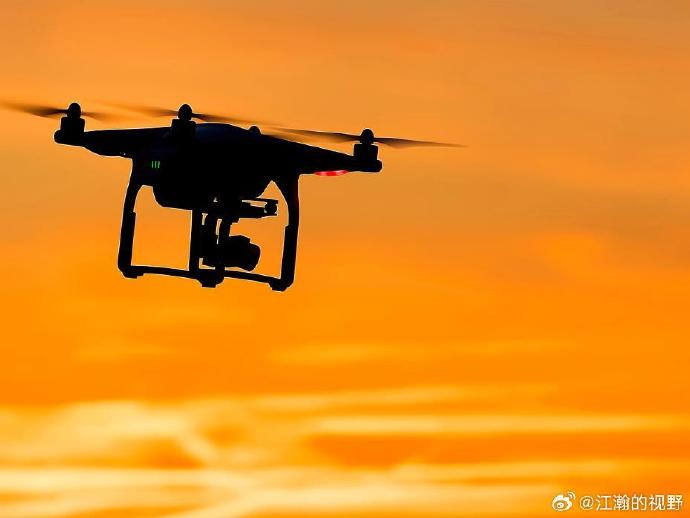 has become quite ubiquitous, standing for Unmanned Aerial Vehicle. Essentially, these are aircrafts devoid of any onboard human pilot, paving the way for revolutionary remote or autonomous operations. A drone UAV finds application across myriad fields, including surveillance, aerial photography, agriculture, and even package delivery services. Let’s delve deeper into the nuances of UAV drones and understand their multifaceted applications and variants.
has become quite ubiquitous, standing for Unmanned Aerial Vehicle. Essentially, these are aircrafts devoid of any onboard human pilot, paving the way for revolutionary remote or autonomous operations. A drone UAV finds application across myriad fields, including surveillance, aerial photography, agriculture, and even package delivery services. Let’s delve deeper into the nuances of UAV drones and understand their multifaceted applications and variants.Types of UAV Drones
- Consumer Drones: Often used by hobbyists for recreational activities, these drones are typically lightweight, easy to operate, and may feature cameras for personal photography or videography.
- Commercial Drones: Businesses deploy these for various tasks, from surveying large tracts of land in agriculture to inspecting infrastructure such as bridges and towers.
- Military Drones: These are designed for reconnaissance and combat missions, often featuring advanced technology to surveil hostile territories or execute tactical operations.
Applications of UAV Drones
- Agriculture: Farmers employ drones to monitor crop health, optimize resource use, and even plant seeds. The drone’s aerial view allows for precise data collection which aids in better decision-making.
- Aerial Photography: Whether for professional cinematography or real estate, drones capture stunning visuals from angles impossible for traditional photography.
- Surveillance and Security: Drones patrol borders, provide traffic data, and enhance security measures at large public events.
- Delivery Services: Companies are experimenting with drones to expedite deliveries, especially in urban areas, reducing congestion and carbon footprint.
The Future of UAV Drones
FAQs and Extended Information
What is the major difference between remote-controlled and autonomous UAV drones?

The primary distinction lies in their operational control: remote-controlled drones require a human operator to guide their movements, whereas autonomous drones follow a set of pre-installed instructions, allowing them to fly without direct human intervention.
How do UAV drones contribute to environmental sustainability?
UAV drones contribute by performing tasks such as precision agriculture, which reduces the wastage of resources like water and fertilizers. Additionally, they offer sustainable delivery solutions by potentially reducing vehicle emissions and urban congestion.
Are there any legal concerns associated with UAV drones?
Indeed, as their popularity rises, so do concerns related to privacy, safety, and airspace regulation. Most countries have established specific guidelines governing drone usage to mitigate these concerns, requiring operators to adhere strictly to them.